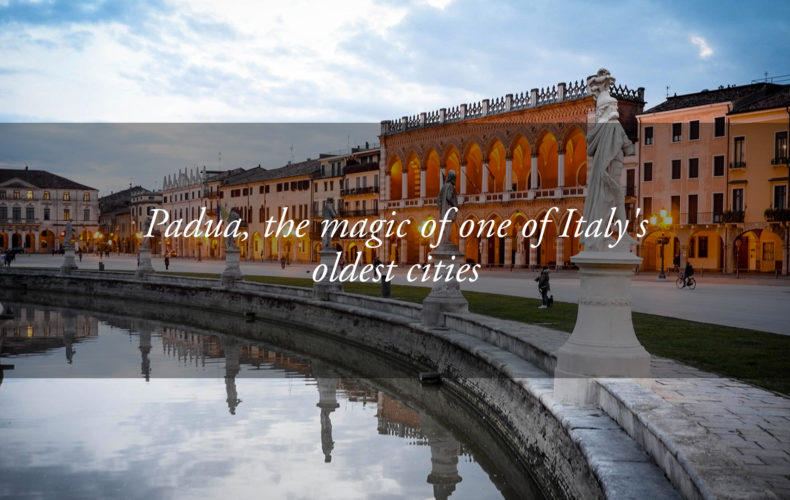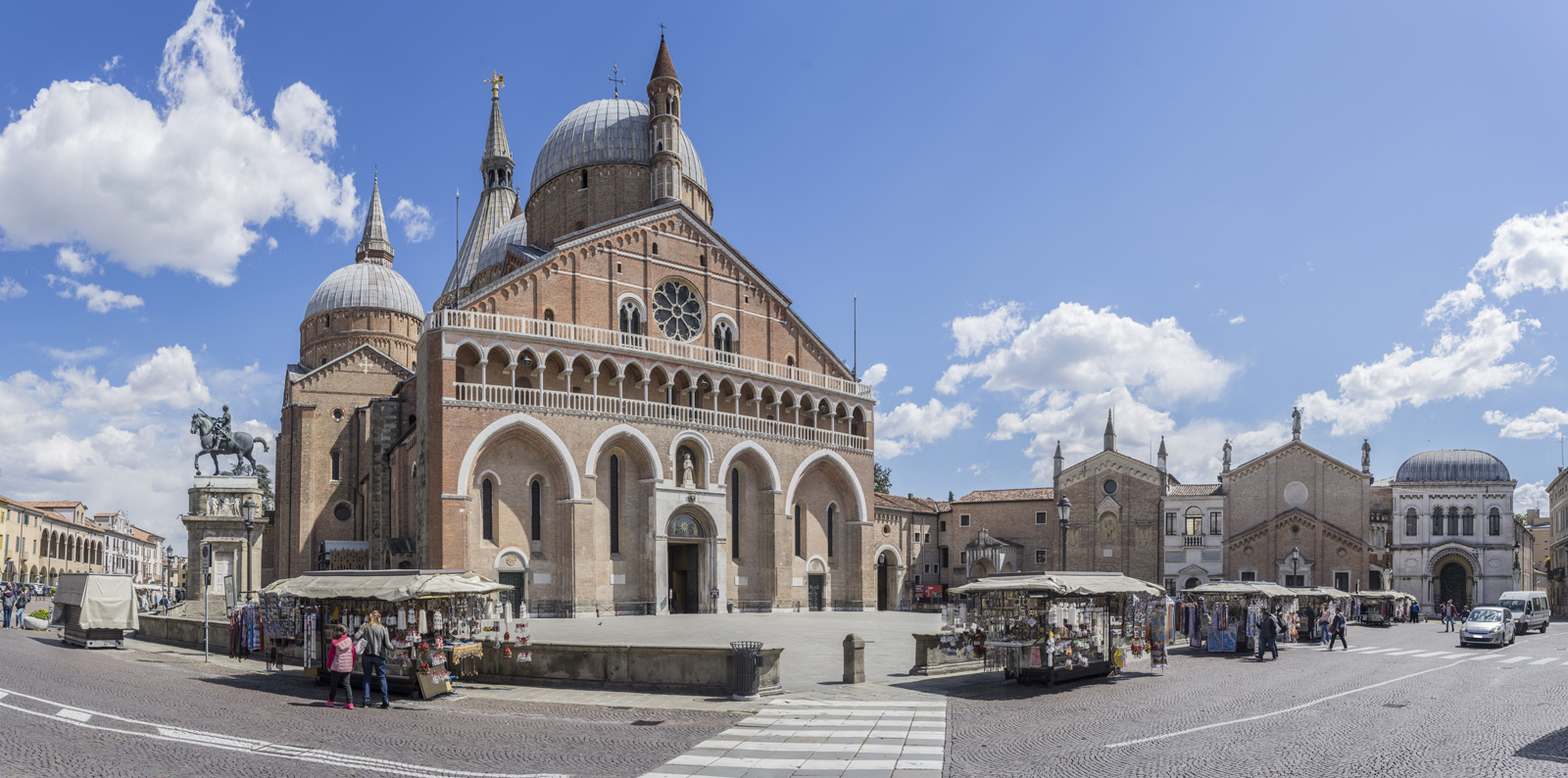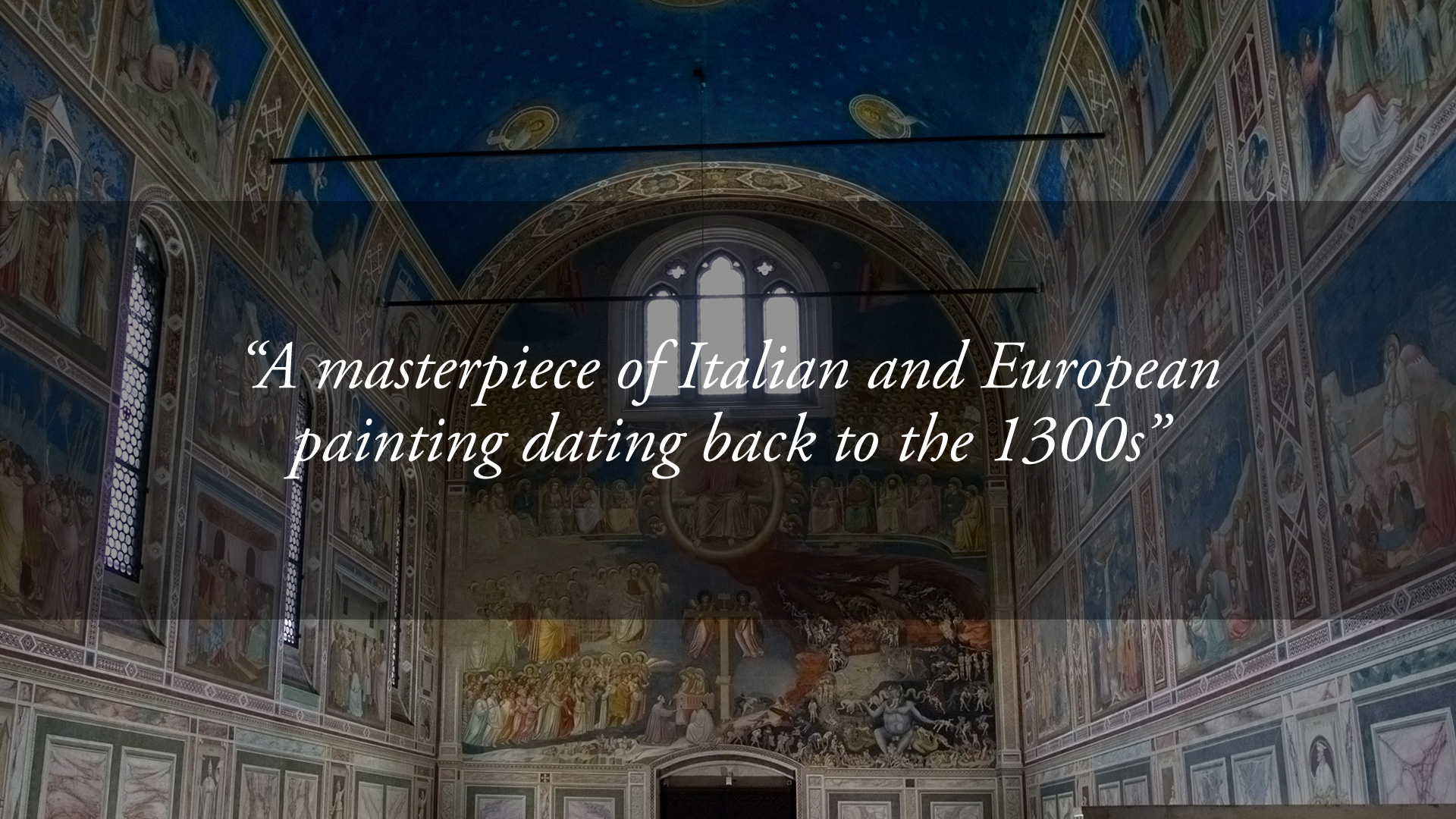
What to see in Padova, a city rich in history and art
Just a stone’s throw away from the Euganean Hills, Padova has an extremely rich cultural heritage that is sure to amaze you, if you do not yet know this beautiful city.
Among the many attractions of this town centre, which is among the oldest in Italy, art, culture, and science have taken root. Padova is the location of one of the first Italian universities, where Galileo taught from 1592 to 1610; it is a city of faith, with its many basilicas and religious places; and it is also a sociable city, with a rich gastronomic culture.
The list of places that you can visit in Padova is very long, beginning with Prato della Valle, the second largest piazza in Europe, with its 78 statues of personalities linked to the city’s history, which become tinged with magical colours at sunset. Today, we will recommend 3 places that are symbolic of the city that you can easily visit during your stay.
Basilica of Saint Anthony

Possibly the most famous building in the city, the Basilica of Saint Anthony is a destination that receives millions of visitors and believers from all over the world every year. Padovans call it simply “il Santo” (“the Saint”), and this can help you to understand the importance that this place of worship holds for Padovans, and their affection for it.
The construction of the basilica began in 1232, a few months after the death of Saint Anthony, to safeguard his remains. Here, you can admire many masterpieces of Italian art, as well as architecture from various ages, due to the successive works carried out: from the Romanesque façade to the Gothic ambulatory with its seven chapels, or the splendid Byzantine domes and the Moorish bell-towers.
Here is a curiosity: Padova is known as “the city of the three withouts”. The first is the saint without a name; then there is Prato della Valle, which, in the past, was merely a paved square, and is therefore known as the meadow without grass; and, finally, there is café Pedrocchi, a literary café of international fame constructed during the 1800s, which was a meeting place for intellectuals, students, academics and politicians, and, until 1916, remained open day and night and was therefore known as the café without doors.
Palazzo della Ragione

Palazzo della Ragione is located right in the historic centre, of which it is the most impressive building. It was built during the 13th century and was the location of the city’s court, giving rise to its name. The interior will take your breath away: it features a single room, which is 27m wide and 80m long. For this reason, Padovans also refer to it as “il Salone” (“the Hall”).
Originally, the walls were completely covered in frescoes by Giotto, but in 1412 a fire destroyed these magnificent works, which were then reproduced by other painters. Today, as well as the frescoes, at Palazzo della Ragione you can also admire the Stone of Shame (upon which defaulting debtors were forced to beat their buttocks three times) and a reconstruction of Foucault’s pendulum.
It is well known that Giotto was tied to the city of Padova, and his most celebrated work demonstrates this.
The Scrovegni Chapel

Seen from the outside, the Chapel seems like a simple building; but when you enter, you will be greeted by the most complete cycle of frescoes completed by Giotto during the period of his maturity, a masterpiece of Italian and European painting dating back to the 1300s.
Beneath the magnificent starry sky, you can admire the story of the lives of Joachim and Anna, the Virgin Mary, and Jesus Christ. A site that can’t be missed during your visit to Padova.
To visit the Scrovegni Chapel, we recommend that you book in advance. For your stay at Terme Tritone, the reception staff will take care of everything for you. We will be happy to respond to your queries and give you advice: we will gladly take care of logistics for you, booking your touristic visits and organising taxi transfers from the hotel.
Padova is located just 10km from Abano Terme. Your stay offers an unmissable and convenient opportunity for visiting this city that is rich in history and culture.
